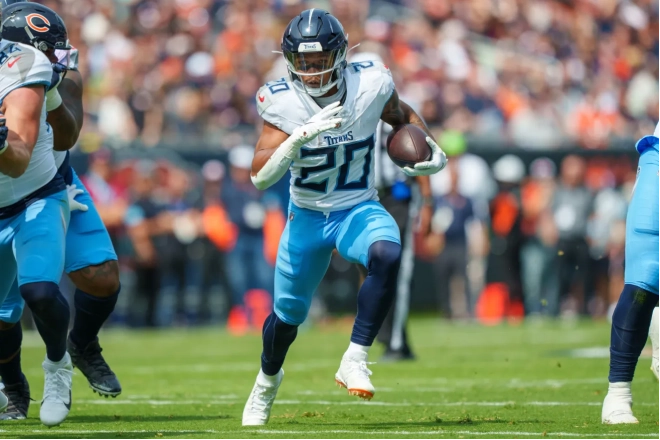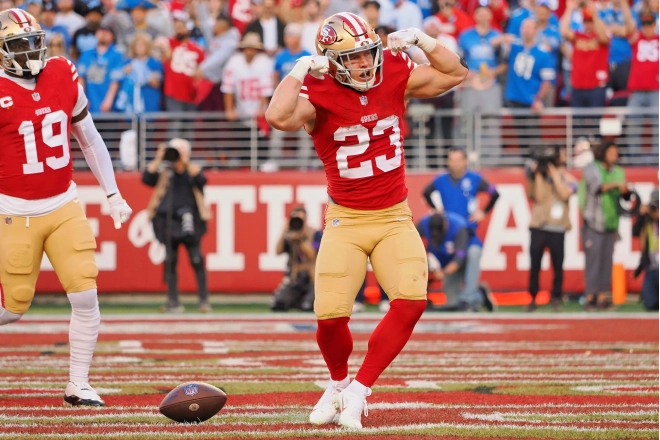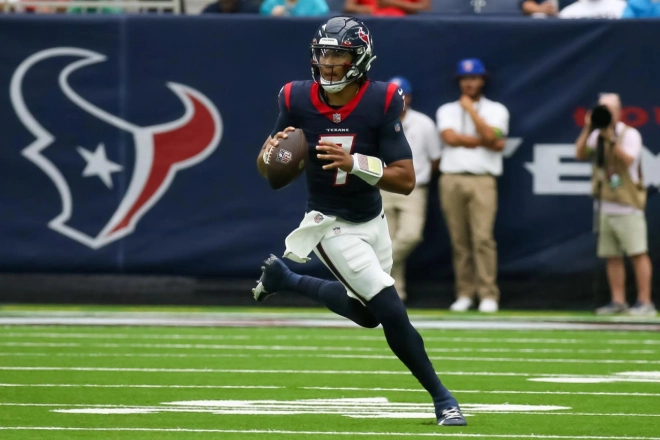Waivers can be as simple as making a list of which players you want and getting them based on your waiver priority. This is not always the case, however. Each team in my main league has a salary cap with which to bid on free agents, and the highest bid wins. Most free agents in a salary cap league have a tendency to fall into a range of salaries. If a player's price goes too high, it is in your best interest to let him go to another team.
Then there is blind bidding. Sometimes I get asked the question, “How much should I bid to get the player I want in blind bidding?” The real question is, “What is the minimum I can bid and still win the player I want?” Honestly, I don’t know the answer. Every league is independent and every owner has different tendencies. It also depends on how many waiver dollars they have left. The beginning of the season will see players go for higher prices. All of the top players will cost more, but secondary and tertiary targets -- someone like Eagles RB Wendall Smallwood this week -- can come cheap due to everyone overspending on the big names.
For the blind bidding system, I suggest that you keep a log of waiver bidding information. It takes just a few minutes. Before waivers are processed each week, record how much money each team has to spend on waivers. Then, after waivers are processed and players are claimed, enter the following data for each player claimed: the player's name, the position they play, the week they were picked up, which team won the bid, how much money was spent on said player and the percentage of salary cap that team used. It is best to order this list by player position. This will make things easier in the long run. Finally, after all that data is in your spreadsheet, you can enter the new amount of blind bidding dollars each team has left.
After the season is over, the data recording is not done. This is when you will organize your data for next season. Copy and paste the past season's data into two more lists: one by team, one by week. The key here is to work from Week 1 to Week 17 (or whenever your league's season ends). This takes a little extra work, but it will allow you to see all of the specific data you need quickly. You can find a sample spreadsheet here. Feel free to copy it. That is just a bare-bones example of what can be done. There are a lot of improvements that can be done if you have the time and the motivation. For example, organizing each season's data onto different tabs on the spreadsheet. You can tweak the spreadsheet however you like.
That is just a bare-bones example of what can be done. There are a lot of improvements that can be done if you have the time and the motivation. For example, organizing each season's data onto different tabs on the spreadsheet. You can tweak the spreadsheet however you like.
Now that you have the data, what do you do with it? Each week, when you go into the waiver process, see if any general trends are developing. How much money or percentage of cap space are certain teams willing to spend on a player or in a given week? Are some owners more aggressive on waivers than others? Do some owners bid flat amounts? How much are players at different positions costing? The data will get a little more refined over the season. If there is a player you have to have, you will know roughly what percentage of your budget you will need to pay to get that player. This information can keep you from overspending on a player and help you find a player's true price on the waiver wire.
The data will get a little more refined over the season. If there is a player you have to have, you will know roughly what percentage of your budget you will need to pay to get that player. This information can keep you from overspending on a player and help you find a player's true price on the waiver wire.
Setting up a spreadsheet with blind bidding waiver wire information takes some time. It can, however, be an invaluable tool that you can use to manage your fantasy money and get an advantage on your competition. It will take a season to set up and use, but if it helps you win the players you want, it is worth the time.
Never miss ASL’s latest fantasy sports news. Send us an email at
Get In-Season Analyzer for lineup, waiver and trade help with blended projections from Pro Football Focus, 4for4, Fantasy Gurus, NumberFire and Fantasy Sharks.





